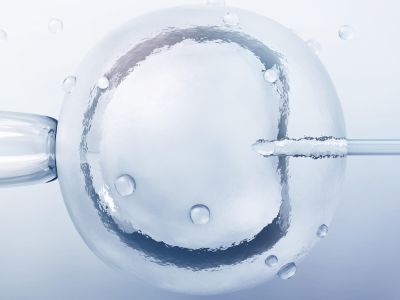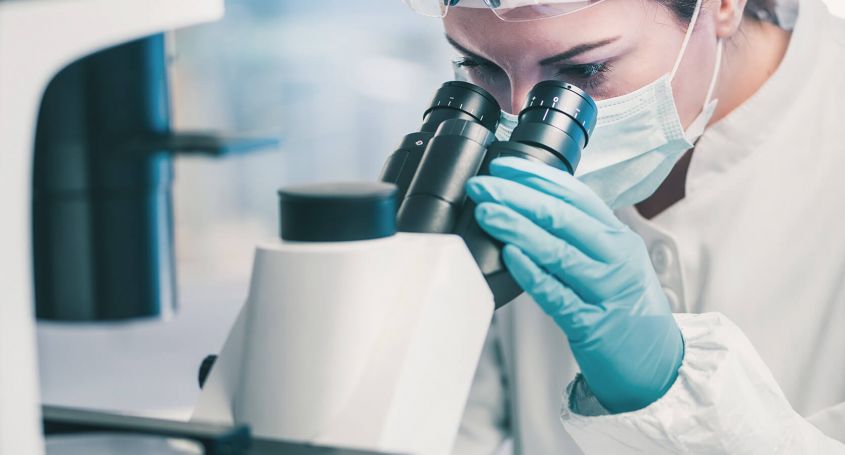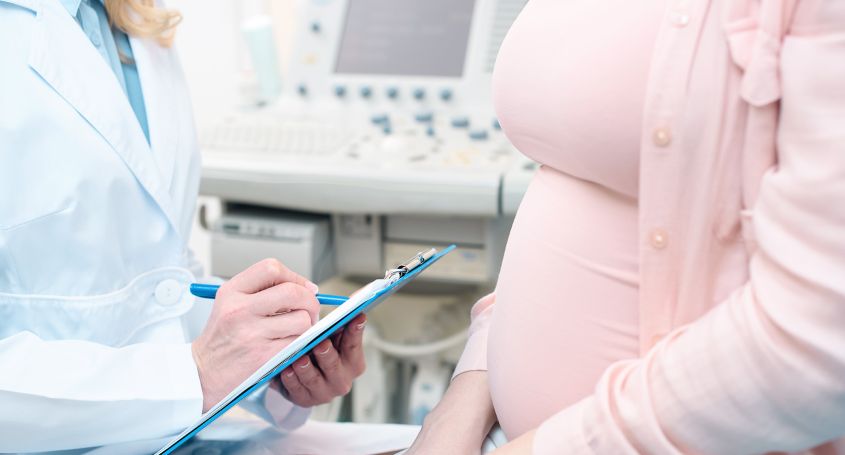Did you know that it is estimated that 59% of Spanish patients who complete an assisted reproduction treatment do not say what they want to do with the leftover embryos? For many patients this is an emotionally difficult decision. For this reason, we would like to inform you about this issue and the existing possibilities.
Step-by-step treatment
As we have already explained in previous blog posts, the ROPA method or in vitro fertilisation with your own oocytes consists of the following phases: ovarian stimulation, ovarian puncture, IVF and embryo transfer.
Between the penultimate and final stages, both common in the ROPA method and IVF with or without egg donation , the embryos that have reached the blastocyst stage (day 5 of their development) are selected and, in some cases, genetic tests such as Preimplantational Genetic Diagnosis (PGD) are carried out to avoid hereditary diseases. At this point, the number of embryos to be transferred is decided, being a maximum of 3, as specified by Law 14/2006 on Assisted Human Reproduction Techniques in Spain. But what happens with the rest of the embryos?
What are the options for surplus embryos?
When deciding on the fate of unused embryos from assisted reproduction treatments, the following options should be considered:
- Retain the embryos at the cost of preservation. This option is very common, as it may be necessary to repeat the IVF cycle in the future.
- Donate them to other couples or for research. In assisted reproduction, it is also very common to donate embryos from couples who no longer wish to have babies.
- Destroy them: they are removed from storage and their development is stopped.
In fact, in many cases, patients choose to leave this decision to the clinic itself.
How are embryos frozen?
Embryos are kept in liquid nitrogen in storage banks, preserved at -196ºC. Cryopreserved embryos can remain frozen for years.
In Spain, more than 60,000 embryos are already accumulated without destination.
An investigation by the Ethics and Good Clinical Practice Group of the Spanish Fertility Society (SEF) has quantified the number of frozen embryos with no defined destination. The Spanish Law on Assisted Reproduction states that if, after contacting patients for two years, no response is obtained, "the pre-embryos will remain at the disposal of the centres where they are cryopreserved, which may use them according to their criteria for any of the aforementioned purposes, maintaining the established requirements of confidentiality and anonymity, as well as being free of charge and non-profit-making. However, clear guidelines are not sufficiently established and fertility clinics choose to act as cautiously as possible.
And you, did you know this information?





















